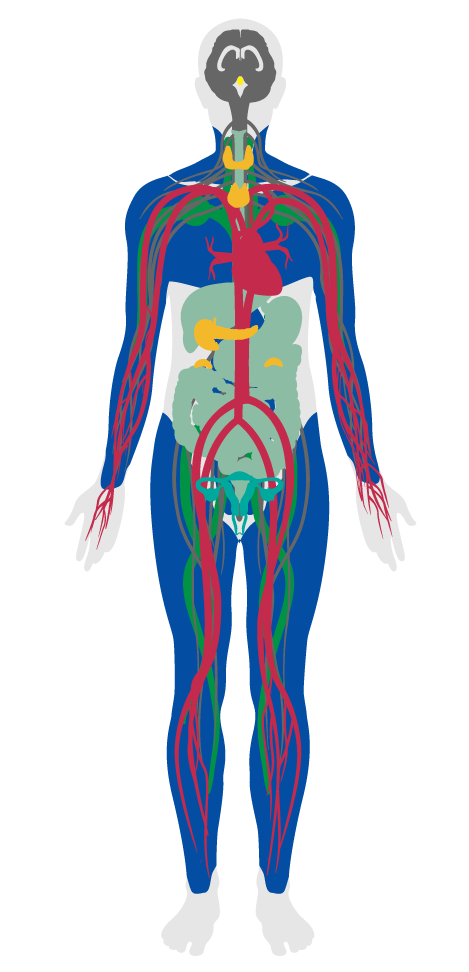Daylighting fenestration
63. Daylighting fenestration
Exposure to natural light can improve mood, alertness and overall health. Ideal lighting begins with proper exposure to diffuse daylight as well as careful design of windows and glazing to avoid excessive glare and heat gain. Balancing energy performance, thermal comfort and access to quality daylight are essential to proper building design.
This feature outlines design parameters for windows to optimize the quantity and quality of daylight.
Part 1: Visual Acuity for Working and Adult Education
The ambient lighting system at workstations is:
a. Able to maintain an average light intensity of 215 lux [20 fc] or more, measured on the horizontal plane, 0.76 m [30 inches] above finished floor. The lights may be dimmed in the presence of daylight, but they are able to independently achieve these levels.
b. Zoned in independently controlled banks no larger than 46.5 m_ [500 ft²] or 20% of open floor area of the room (whichever is larger).
Part 2: Window Transmittance in Working and Learning Areas
The following visible transmittance (VT) conditions are met for all non-decorative glazing:
a. All glazing located above 7 feet from the floor (Daylight Glass) has VT of 60% or more.
b. All glazing located below 7 feet from the floor (Vision Glass) has VT of 50% or more.
Part 3: Uniform Color Transmittance
All windows used for daylighting meet the following requirement:
a. Windows have uniform color transmittance so as not to transmit color-tinted light.
Part 4: Window Sizes for Living Spaces
Window/wall ratio as measured on external elevations is:
a. Between 30% and 60% in living rooms.
b. Between 20% and 40% in bedrooms.

Muscular
Nervous
Reproductive
Cardiovascular
Digestive
Endocrine
Lymphatic
Immune
Applicability Matrix
| Core & Shell | Tenant Improvement | New Construction | |
|---|---|---|---|
| Part 1: Visual Acuity for Working and Adult Education | - | P | P |
| Part 2: Window Transmittance in Working and Learning Areas | O | O | O |
| Part 3: Uniform Color Transmittance | O | O | O |
| Part 4: Window Sizes for Living Spaces | - | - | - |
| Commercial Kitchen | Schools | Multifamily Residential | Restaurant | Retail | |
|---|---|---|---|---|---|
| Part 1: Visual Acuity for Working and Adult Education | - | P | - | - | - |
| Part 2: Window Transmittance in Working and Learning Areas | O | O | - | O | O |
| Part 3: Uniform Color Transmittance | O | O | O | O | O |
| Part 4: Window Sizes for Living Spaces | - | - | O | - | - |
Verification Methods Matrix
| Letters of Assurance | Annotated Documents | On-Site Checks | |
|---|---|---|---|
|
PART 1 (Design) Visual Acuity for Working and Adult Education |
Architect | Spot Measurement | |
|
PART 2 (Design) Window Transmittance in Working and Learning Areas |
Architect | ||
|
PART 3 (Design) Uniform Color Transmittance |
Architect | ||
|
PART 4 (Design) Window Sizes for Living Spaces |
Architect |
